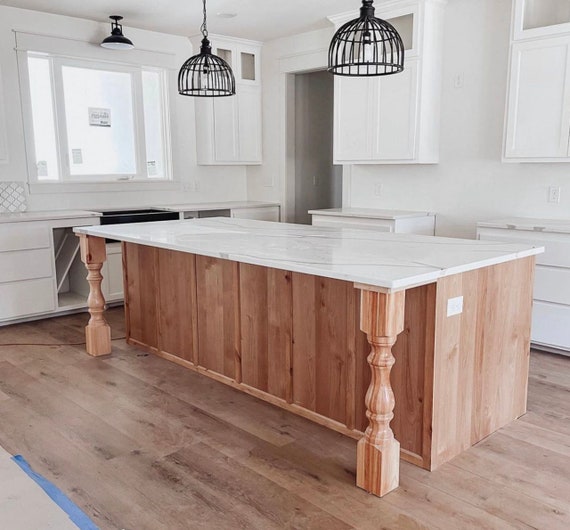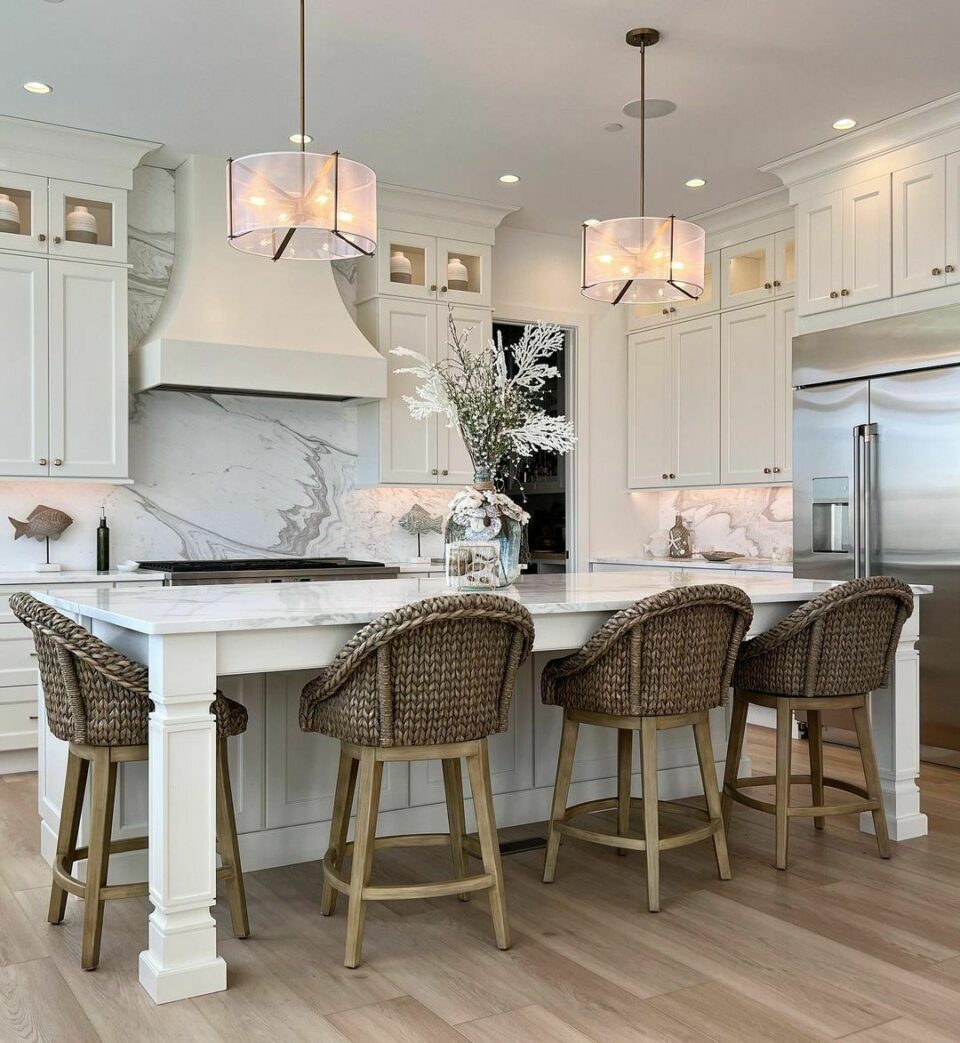Stylish Kitchen Island Leg Ideas to Elevate Your Kitchen Decor
Stylish Kitchen Island Leg Ideas to Elevate Your Kitchen Decor
Blog Article
The Value of a Sturdy Cooking Area Island Leg in Creating a Functional Cooking Location
A tough cooking area island leg offers as an essential element in establishing a practical cooking atmosphere, providing necessary support for both the kitchen counter and numerous kitchen activities. As kitchen areas advance right into multifunctional areas for cooking, eating, and interacting socially, the option of materials and layout considerations for island legs comes to be progressively important.
Benefits of Sturdy Island Legs
Giving important assistance, tough cooking area island legs play an essential function in enhancing the capability and resilience of kitchen area islands - kitchen island leg. These legs not only birth the weight of the countertop and any kind of extra things put on the island, but additionally contribute to the total stability of the framework. A well-supported cooking area island makes certain that it stays upright and functional, also under heavy usage, which is specifically essential in active kitchen area atmospheres
Furthermore, sturdy island legs can improve the visual appeal of the cooking area. They provide a solid structure that can complement different layout styles, from modern to typical. This adaptability enables homeowners to personalize their cooking area islands according to personal taste while making sure that the architectural integrity stays uncompromised.
Along with their helpful duty, robust kitchen area island legs can also improve safety. A stable island minimizes the threat of crashes triggered by tottering or tipping, which is especially critical in households with kids or elderly individuals. In addition, solid legs can help with a seamless circulation of tasks, permitting reliable dish prep work and social communications within the kitchen space. Inevitably, purchasing durable cooking area island legs is important for a practical and visually pleasing cooking area.
Materials for Kitchen Island Legs
When selecting products for kitchen area island legs, longevity and visual charm are vital variables to think about. One of the most usual materials include hardwood, steel, and engineered wood, each offering one-of-a-kind advantages.
Hardwood, such as cherry, maple, or oak, is a timeless option due to its toughness and timeless elegance (kitchen island leg). It can stand up to considerable weight and is resistant to wear, making it perfect for high-use kitchen area atmospheres. In addition, hardwood can be stained or painted to complement different kitchen area designs
Metal legs, typically crafted from stainless steel or functioned iron, offer a commercial and modern appearance. They are unbelievably strong and can support considerable lots while being immune to moisture and warmth, which is beneficial in a cooking area. Metal legs can likewise be conveniently cleaned, improving their usefulness.

Layout Factors To Consider for Stability
The selection of materials for kitchen island legs straight influences the layout considerations for security. When creating a kitchen area island, it is paramount to browse around this web-site review the weight-bearing ability of the picked products. Heavier products, such as solid timber or steel, commonly supply better security, particularly under the tension of day-to-day use.
In addition, the leg design have to integrate correct geometry to enhance stability. A bigger base enhances the support location, minimizing the danger of wobbling or tipping. Factor to consider should also be offered to the height of the legs; out of proportion leg sizes can result in inequality, compromising the total stability of the island.
Additionally, the distribution of weight throughout the island is critical. Making sure that the leg placement aligns with the heaviest parts, such as counter tops and devices, will certainly further boost stability.
Upkeep Tips for Durability

Depending on the material of the legs-- whether timber, steel, or composite-- proper cleansing techniques should be used. Steel legs may call for a light polish to protect against rust and preserve their appeal.
Additionally, tightening up screws and screws regularly can ensure stability and avoid wobbling. Think about strengthening the legs with added brackets or supports to improve durability if the kitchen area island experiences hefty usage. Using a protective finish or sealer can protect versus dampness and stains, prolonging useful source the lifespan of the legs. By following these upkeep suggestions, homeowners can guarantee their kitchen island legs remain robust and practical for years ahead.
Selecting the Right Leg Design
Routine upkeep makes sure that kitchen island legs continue to be useful and tough, yet selecting the best leg design is just as important for both aesthetics and assistance. The option of leg style can significantly affect the total design and harmony of your cooking area.

Performance is an additional vital aspect. Thicker legs or those with a strong base can sustain heavier countertops and tools, enhancing the island's energy. Alternatively, slim legs may develop a ventilated look, suitable for lighter styles yet potentially less helpful.
Conclusion
In summary, the relevance of strong cooking area island legs can not be overemphasized in the production of a practical food preparation area. These legs give vital assistance, boost security, and contribute to the general aesthetic of the cooking area.
A strong kitchen island leg serves as an essential component in developing a useful cooking atmosphere, providing necessary support for both the countertop and various cooking area tasks.Giving essential assistance, durable kitchen island legs play a pivotal role in improving the performance and resilience of kitchen area islands. Ultimately, spending in sturdy kitchen area island legs is vital for a useful and visually pleasing cooking area.
Factor to consider needs to also be given to the height of the legs; disproportionate leg lengths can lead to discrepancy, compromising the overall stability of the island.
Wooden legs give heat and a classic look, while metal legs use a contemporary and industrial feeling.
Report this page